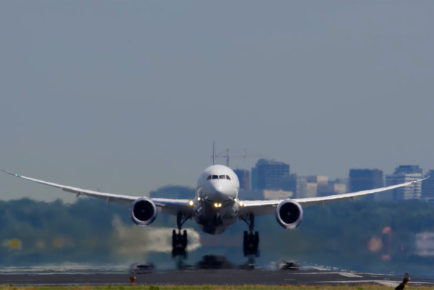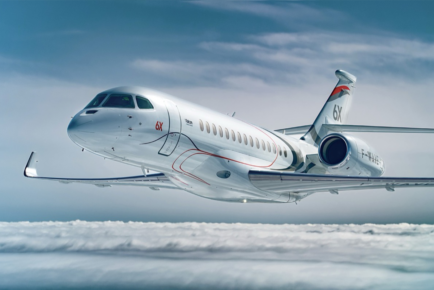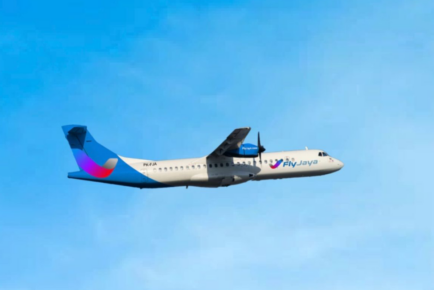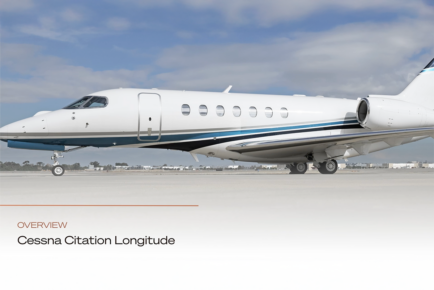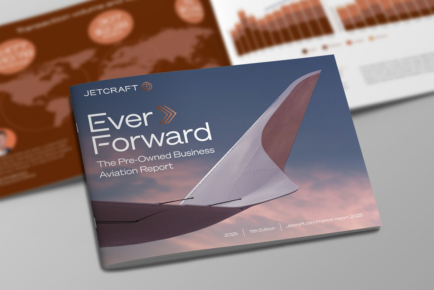
Australia’s vast landscape, coupled with its growing economy, has positioned the country as a key player in business aviation. It is the second largest market in the Asia Pacific, with approximately 230 business aircraft. This fleet has seen significant evolution over the past five years and experienced a net increase of around 10%, spurred by a mix of pre-owned and new aircraft acquisitions. At Corporate Jet Investor Asia last month, decision makers from across business aviation came together to explore topics ranging from the current turboprop market in Australia to the future of the market in the region.
Here are our key takeaways.
Fleet modernization and demand
Older models traditionally dominated the Australian fleet, but today we’re seeing rapid modernization, as owners are upgrading their aircraft. The Australian charter market has also matured significantly and many new clients, particularly those introduced to business aviation during the pandemic, are transitioning from chartering to purchasing pre-owned.
The market now spans very light jets (VLJs), for shorter domestic routes, to ultra-long-range aircraft that enable one-stop flights to destinations including London and New York. Larger, more sophisticated aircraft such as Bombardier’s Global 7500 have also made a significant impact, with eight units entering the market, highlighting Australia’s demand for ultra-long-range travel. This growth is driven by a diverse range of customers, from private owners to charter operators, who increasingly opt for versatile aircraft capable of international travel and suited to Australia’s extensive geography.
Activity surge in Australia
The pandemic saw an unexpected boom in the pre-owned business aviation market, as travelers sought alternatives to commercial airlines. This shift brought in a new segment of owners who had never explored our sector, and as a result, the VLJ segment saw substantial growth, with fleet size doubling over five years. Aircraft like the Cessna Citation Mustang and the Phenom 100/300s are a popular choice for short-haul flights between Sydney and Melbourne and have become increasingly common.
Additionally, the Pilatus PC-12, often called the “Range Rover” of Australia, saw a rise in demand. These turboprop aircraft are frequently used for traversing the country’s remote corners, emphasizing their importance in the Australian market, where rugged terrain is a key consideration.
Infrastructure and maintenance
Despite the market’s growth, Australia faces some infrastructure challenges. While major airports are equipped to handle increased activity, the country’s limited number of airfields compared to regions such as the US restricts flexibility. Additionally, a shortage of pilots and trained crew has made sourcing and maintaining operations more complex, especially during peak times.
However, in recent years there have been measures put in place to combat this, with Bombardier’s opening of a new MRO facility in Melbourne increasing the maintenance options available. This resulted in an increase in owners and operators from South-East Asia choosing Australia for their aircraft’s major maintenance events.
Future of the market
While infrastructure and staffing may pose some challenges, the increased wealth coming into Australia from industries including technology and online gaming will see the business aviation market here continue its positive trajectory.
SIGN UP FOR OUR MONTHLY JETSTREAM RECAP
Don't miss future Jetstream articles. Sign up for our Jetcraft News mailing list to receive a monthly eblast with links to our latest articles. Click to join the 1,800+ subscribers on our mailing list.

